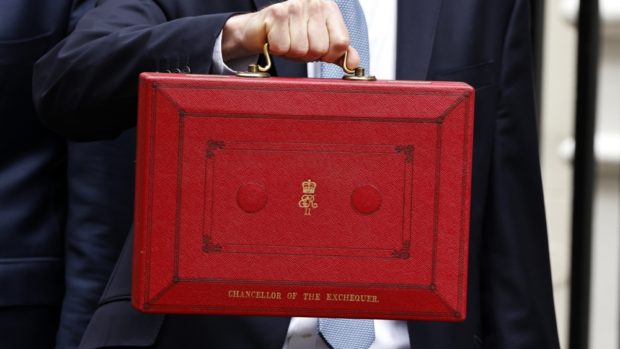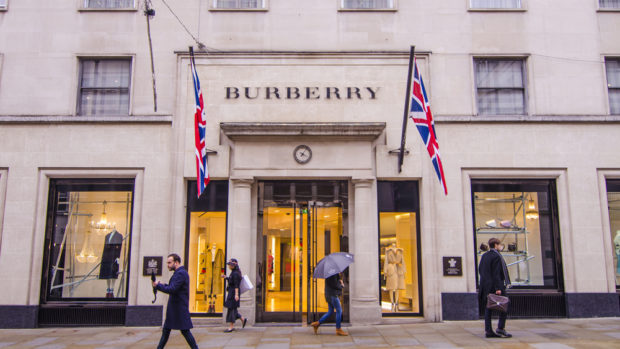To many John Lewis was the solid dependable, service oriented, retailer of decent enough clothing and homewares that could seemingly never lose its footing, even in a market which has taken a considerable number of scalps. It had a certain arrogance, or pride perhaps, as it introduced small tweaks and changes across its department stores and supermarkets in bids to retain its customers. What it obviously cannot have foreseen as that its position and margins could be so dramatically undermined by the combined forces of its arch competitors entering their own battles for survival by price slashing; nor that so many of its hitherto loyal customers could be lured into shopping elsewhere. It hasn’t helped itself by trying to save money in centralising the all important provision of customer service for its home furnishing departments. That has angered and alienated many high spending customers who have found the new “service” to be distinctly lacking and have voted with their feet.
The ‘never knowingly undersold’ price matching pledge which is limited to a promise to match prices from other bricks and mortar retailers found by its customers – ie: the prices offered by comparable competitors- looks set to stay. However as it cannot possibly extend to matching the prices of online only operators the once pivotal pledge is somewhat redundant in today’s market. No one is sharing information as to how many customers have actually presented claims to John Lewis because they’ve found better pricing elsewhere or what it has cost to honour them, but with today’s technology enabling consumers to quickly find the best deals, it is hard to imagine that it would be a small number.
As for Waitrose and Partners, Aldi and others have begun to nibble at its market share with offerings of equal or better quality for less. That is luring once loyal Waitrose shoppers and taking at least some of their custom away, but the biggest and most visible damage is to its once revered and loved department stores. And there hangs the fortune not only of John Lewis and Partners, but also of those brands with concessions in John Lewis stores. Many concession brands have already taken massive financial hits with the House of Fraser administration, as well as suffered plunging sales from their concessions in Debenhams. Most must now be considering whether they can continue to trust in the department store concession model as those once coveted retail sites fail to deliver the promised footfall and the resultant sales. Yet John Lewis has ploughed on with its expensive re-branding and new store openings at Westfield and Cheltenham. Its management team must, one imagines, have determined to brave it out but not without having to make some of its partner-employees redundant.
When first half profits fall as dramatically as they have at John Lewis, it has everyone concerned about the market. Profits of just £1.2 million for a business on the scale of John Lewis is extraordinarily low, even when measured against the previous year’s less than glowing £83 million.








Share